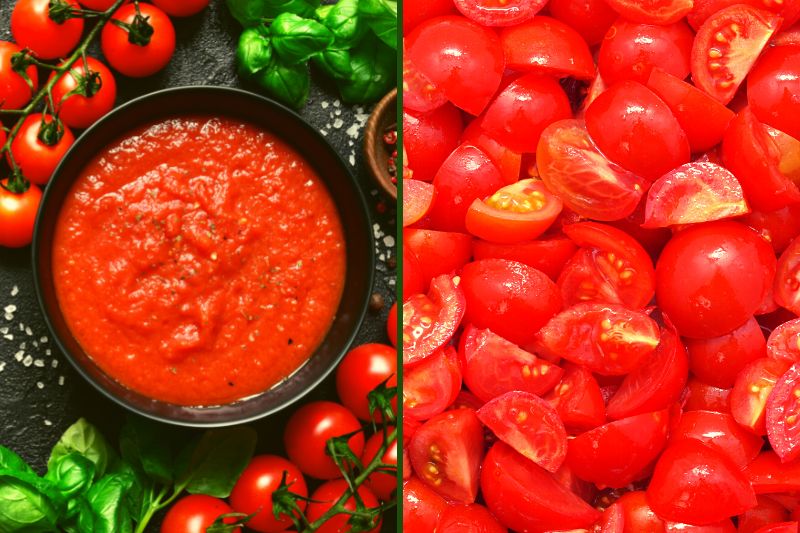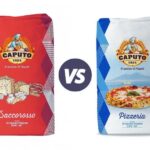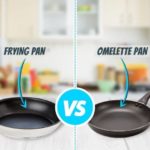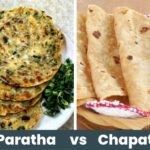Tomatoes are a common base ingredient in many dishes, especially Italian dishes. While fresh tomatoes can often be used, many recipes call for a form of preserved tomato instead for added convenience.
Two of the most common forms of preserved tomato are passata and chopped tomatoes. These ingredients typically play the same role in recipes, so what’s the difference between passata and chopped tomatoes? Can they be used interchangeably? Read on to find out!
Is Passata the Same as Chopped Tomatoes?
Passata and chopped tomatoes are both made of tomatoes and are typically used in the same dishes, so it can be easy to confuse the two. However, they are not the same!
There are some key differences between these ingredients that can be used to tell them apart.
What are chopped tomatoes?
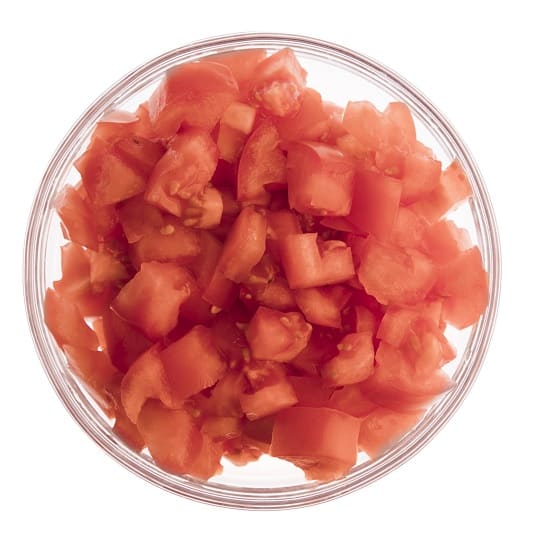
Chopped tomatoes are a form of tinned tomato that has been cooked, chopped up, and stored in tomato juice.
This is great for meals such as chilli con carne, where the chunks of tomato can add to the texture of the dish, and a thinner sauce is often desired.
Traditionally, chopped tomatoes don’t contain any additional flavourings aside from tomatoes.
However, there are brands out there that offer seasoned versions. These most commonly have herbs, garlic, or chilli added to them.
What is passata?
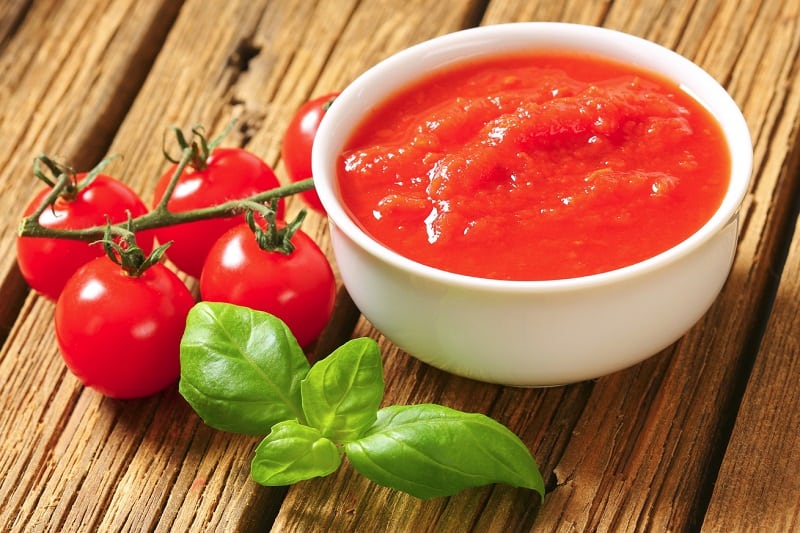
The passata you can buy in supermarkets is made of strained and pureed tomatoes. The straining process removes the skins and seeds. Afterwards, they are pureed to leave behind a smooth, thick sauce that is great for pizzas and soup.
Typically the tomatoes in passata have not been cooked, but some homemade recipes (such as this one by BBC Good Food) suggest using cooked tomatoes as they are easier to blend.
Like chopped tomatoes, tomato passata is typically unseasoned. It acts as a base for your recipe, to which you can add any spices or herbs you desire. However, many brands now sell seasoned versions, perfect for the unconfident or lazy chef.
What’s the difference between chopped tomatoes and passata?
Here’s a summary of the main differences:
- Chopped, canned tomatoes have already been cooked. Passata is uncooked.
- Chopped tomatoes contain seeds and usually the skin as well. In passata, the skin has been removed and the seeds have been strained out.
- Passata has been pureed, so it is smooth. Chopped tomatoes are chunks of tomatoes, so it doesn’t have the same smooth texture as passata.
Can You Substitute Passata for Chopped Tomatoes?
Any recipe that calls for chopped tomatoes can have passata used as a replacement and vice versa. Substituting one ingredient for the other will not change the overall flavour of the dish.
However, there are some things to consider before altering the recipe:
- Sauce consistency: When using passata, your sauces will come out thick and smooth. In comparison, sauces with chopped tomatoes will be thinner and contain small chunks of tomato. This means that the ingredient you choose can entirely depend on personal preference and what you have in the cupboard.
- Nutritional balue: The nutritional value of your meal will change slightly depending on which ingredient you use. According to the NHS, 80g of chopped tomatoes or 150 ml of passata will count as one of your five a day.
How to Make Passata From Chopped Tomatoes
Although chopped tomatoes can be used in place of passata just as they are, it is possible to turn them into passata if desired.
As explained earlier, this will not change the flavour of your food, but it is a good solution for those who don’t want chunks of tomato in their dish.
To make passata, use the following steps:
- Remove the excess liquid from the chopped tomatoes using a sieve.
- Use a blender or food processor to puree the tomatoes until smooth;
- OR mash the tomatoes until they are as smooth as possible.
- Strain the mashed tomatoes through a sieve to remove any seeds or skin from the mixture – the tomato liquid left behind is your passata.
You can also use this method (minus step one) to make passata from fresh tomatoes. However, if you decide to try this, we recommend using a blender or food processor, as fresh tomatoes have a firmer consistency and will be harder to mash by hand.

Hannah is a freelance content writer and self-proclaimed foodie. When Hannah isn’t sitting tapping at her laptop, you’ll probably find her in the kitchen. As an ex-chalet host, she’s used to cooking four-course meals for 10+ people and loves feeding friends and family whenever possible.

